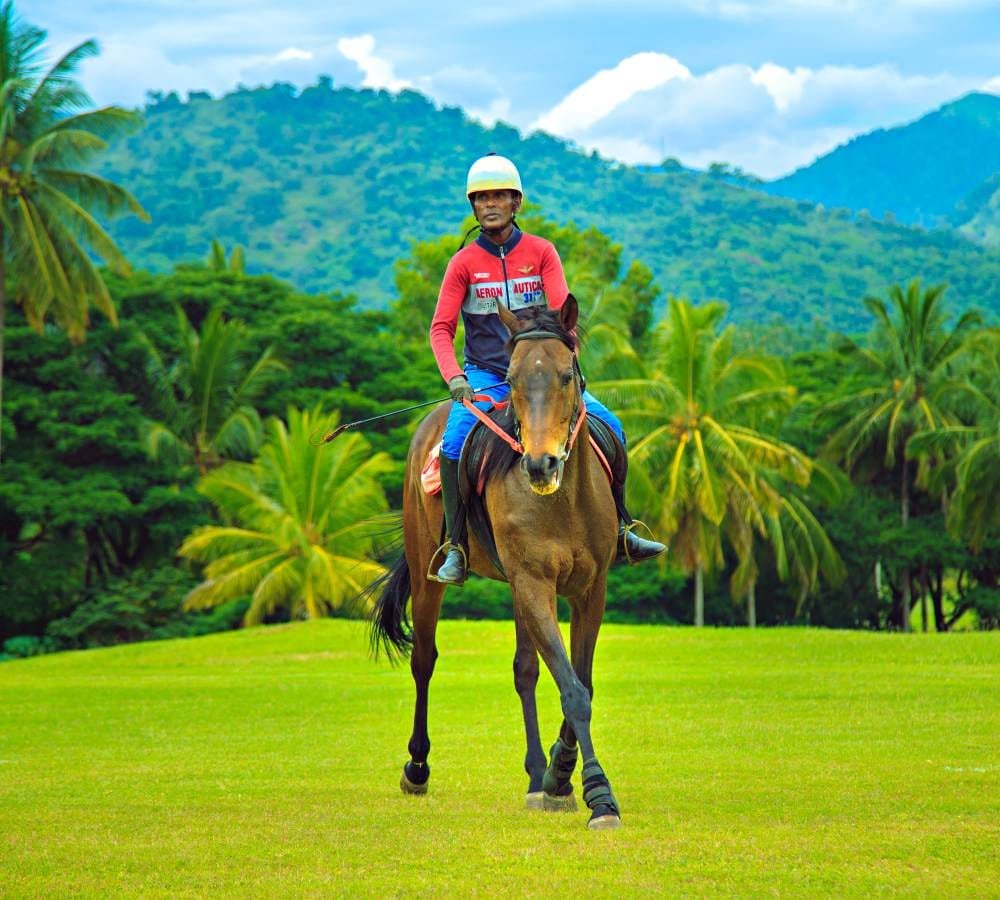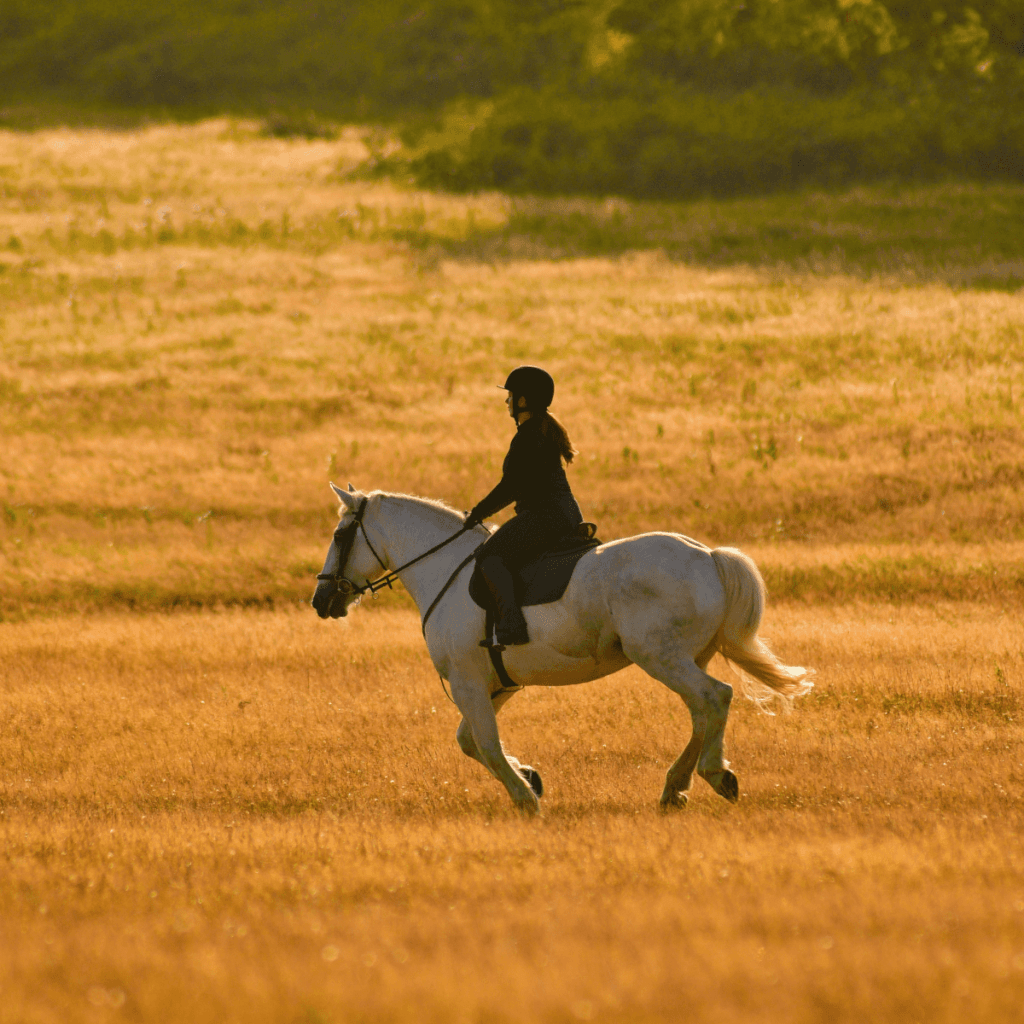Riding a horse can be one of the most exhilarating experiences, but it comes with its own set of responsibilities
Whether you’re a beginner or an experienced rider, understanding the do’s and don’ts of horseback riding is essential for both your safety and the well-being of the horse. Here’s a guide to help you navigate your riding experience effectively.
Do: Prioritize Safety Gear
Safety should always come first when riding. Wearing the proper gear can significantly reduce the risk of injury.
Essential Gear:
- Helmet: Always wear a certified riding helmet. A well-fitted helmet can protect you in case of a fall.
- Boots: Use sturdy riding boots with a heel to prevent your foot from slipping through the stirrup.
- Comfortable Clothing: Wear fitted clothing that won’t get caught in the tack, along with gloves for better grip.
Don’t: Neglect Pre-Ride Preparation
Before you even mount your horse, there are several preparations you should complete to ensure a safe ride.
Preparation Tips:
- Check the Tack: Inspect the saddle, bridle, and other tack for any damage or wear. A well-fitted saddle is crucial for both you and your horse’s comfort.
- Warm Up the Horse: Spend some time grooming and warming up your horse before riding. This helps build trust and ensures they are physically ready for the ride.
Do: Maintain Good Posture
Your position in the saddle can affect your horse’s performance and behavior.
Riding Posture:
- Sit Up Straight: Keep your back straight and shoulders back. This posture helps you maintain balance and communicate better with your horse.
- Relax Your Legs: Keep your legs relaxed and close to the horse’s sides. Tension can cause the horse to react negatively.
Don’t: Overuse Your Aids
Using your legs, hands, and voice effectively is crucial, but overdoing it can confuse your horse.
Riding Aids:
- Use Subtle Cues: Use gentle leg pressure or light rein pulls to communicate your wishes to the horse. Be clear and consistent in your cues.
- Avoid Pulling on the Reins: Constantly pulling on the reins can lead to discomfort and confusion for the horse. Instead, maintain a gentle contact.
Do: Be Aware of Your Surroundings
Staying aware of your environment is vital for both you and your horse’s safety.
Environmental Awareness:
- Watch for Obstacles: Keep an eye out for trees, other riders, or any hazards in the area that may startle your horse.
- Respect Other Riders: Be mindful of other riders and their space. Announce your intentions, like passing or changing directions, to avoid collisions.
Don’t: Ignore Your Horse’s Behavior
Horses communicate through their body language. Ignoring their signs can lead to problems.
Understanding Your Horse:
- Recognize Signs of Stress: If your horse shows signs of anxiety or discomfort, such as tail swishing or ears pinned back, take a moment to assess the situation.
- Don’t Push Too Hard: If your horse is reluctant to do something, don’t force them. Instead, take the time to understand their hesitation and address it calmly.
Do: Build a Bond with Your Horse
A strong bond between rider and horse enhances the riding experience.
Bonding Activities:
- Spend Time Together: Groom your horse and engage in groundwork. This builds trust and improves communication.
- Be Patient: Understand that every horse has a unique personality and may take time to respond to your cues.
Don’t: Rush the Learning Process
Whether you’re new to riding or learning new skills, patience is key.
Learning Tips:
- Take Your Time: Don’t rush into advanced maneuvers or fast-paced riding. Master the basics first for a strong foundation.
- Practice Regularly: Consistent practice helps both you and your horse improve. Focus on gradual progress rather than perfection.




